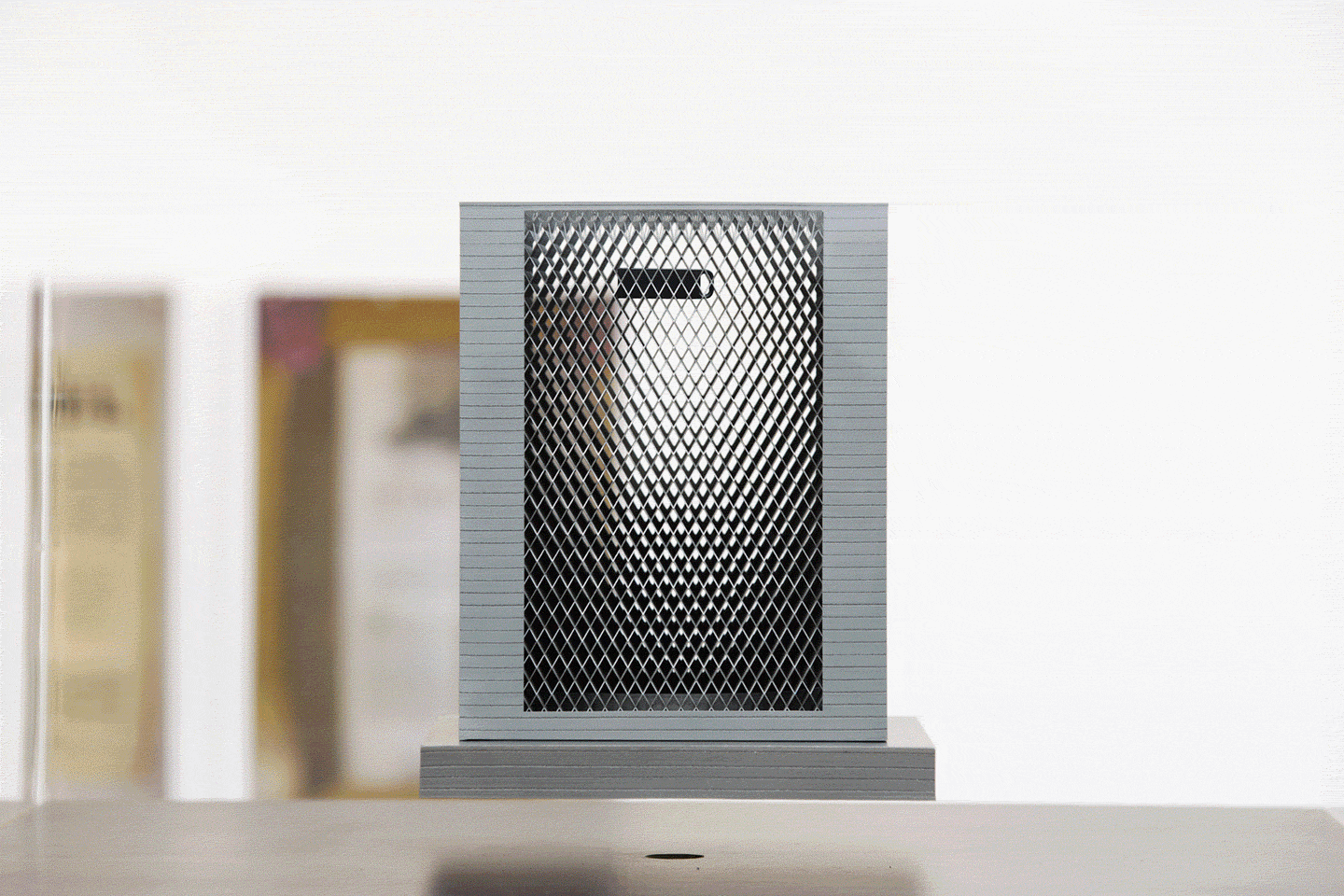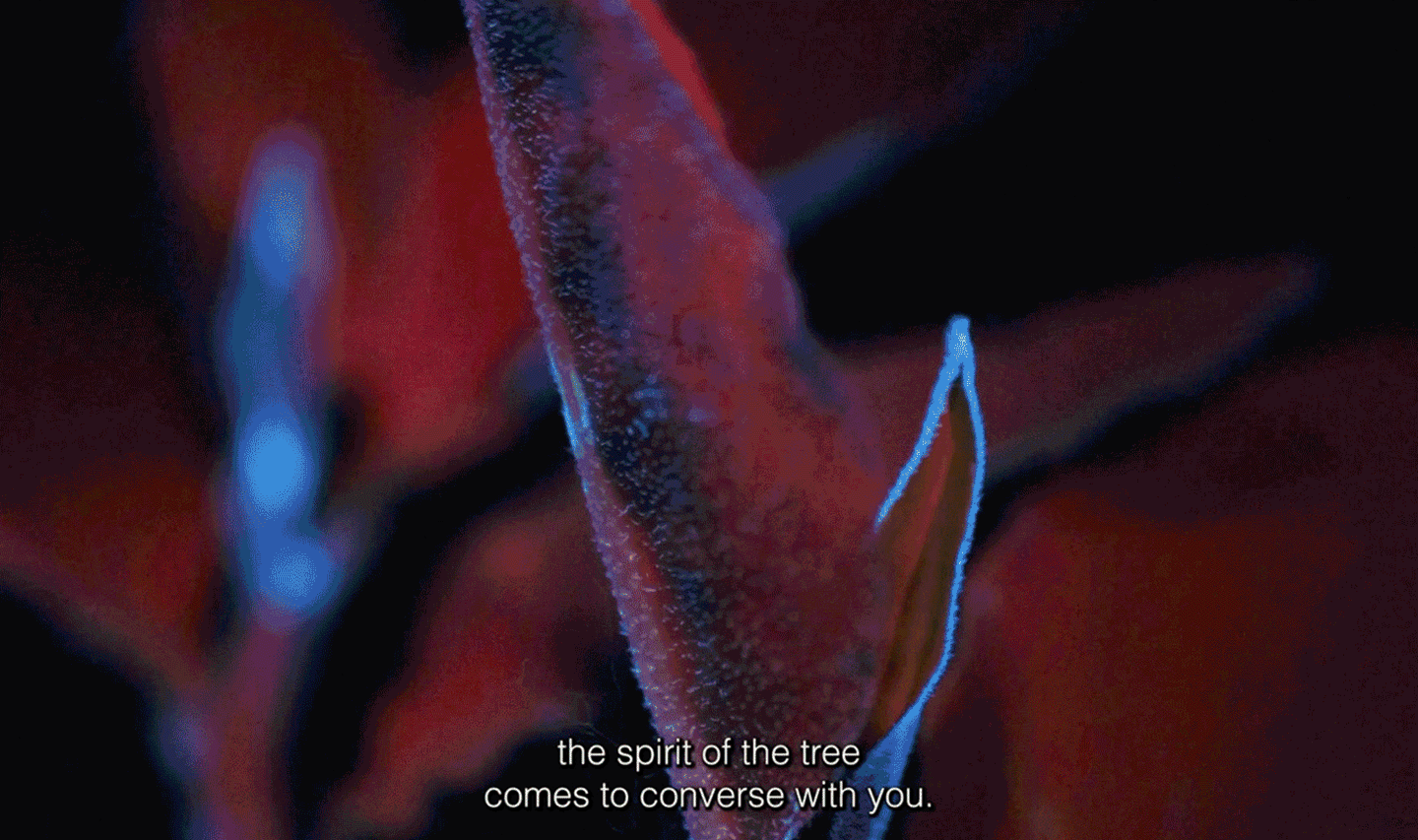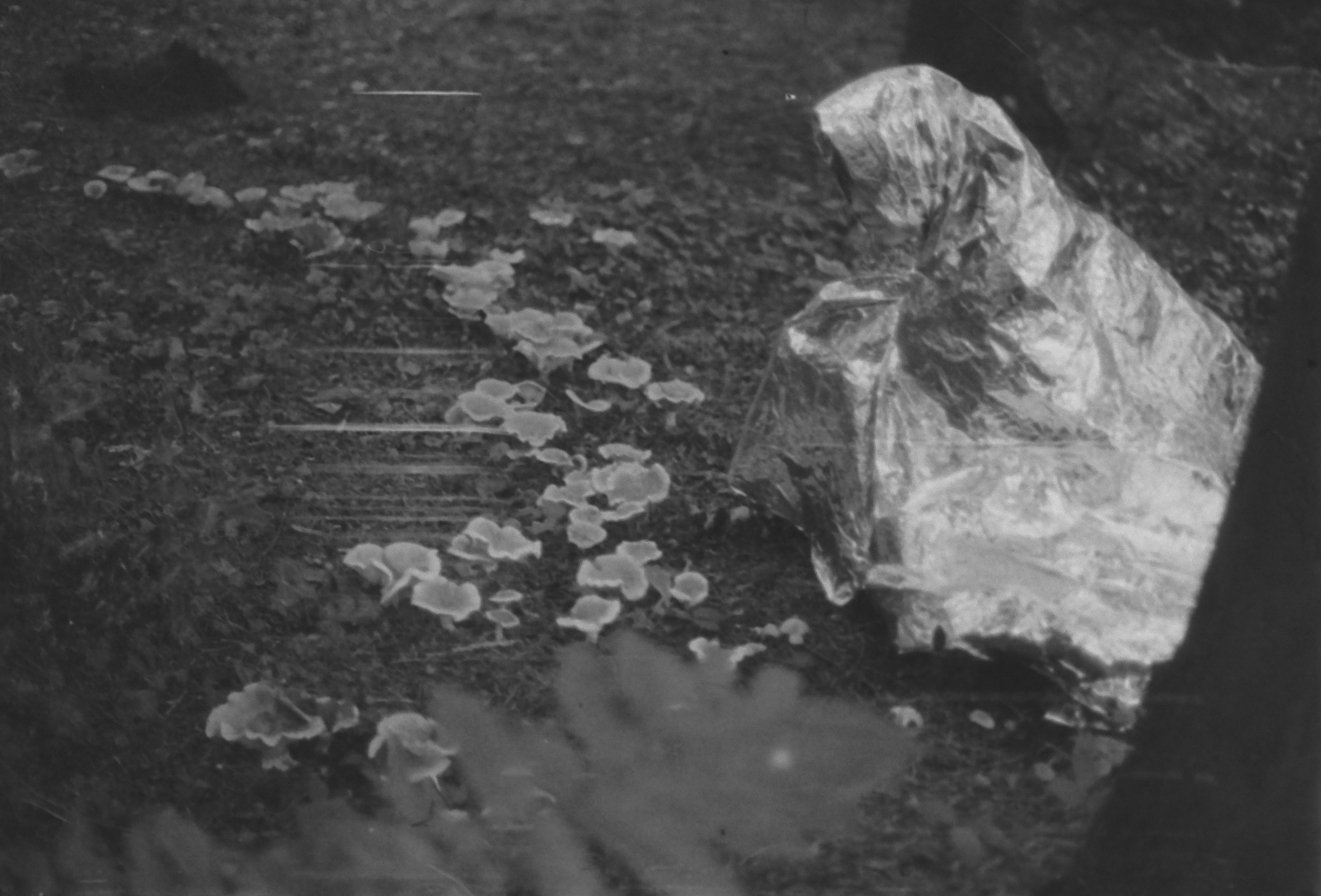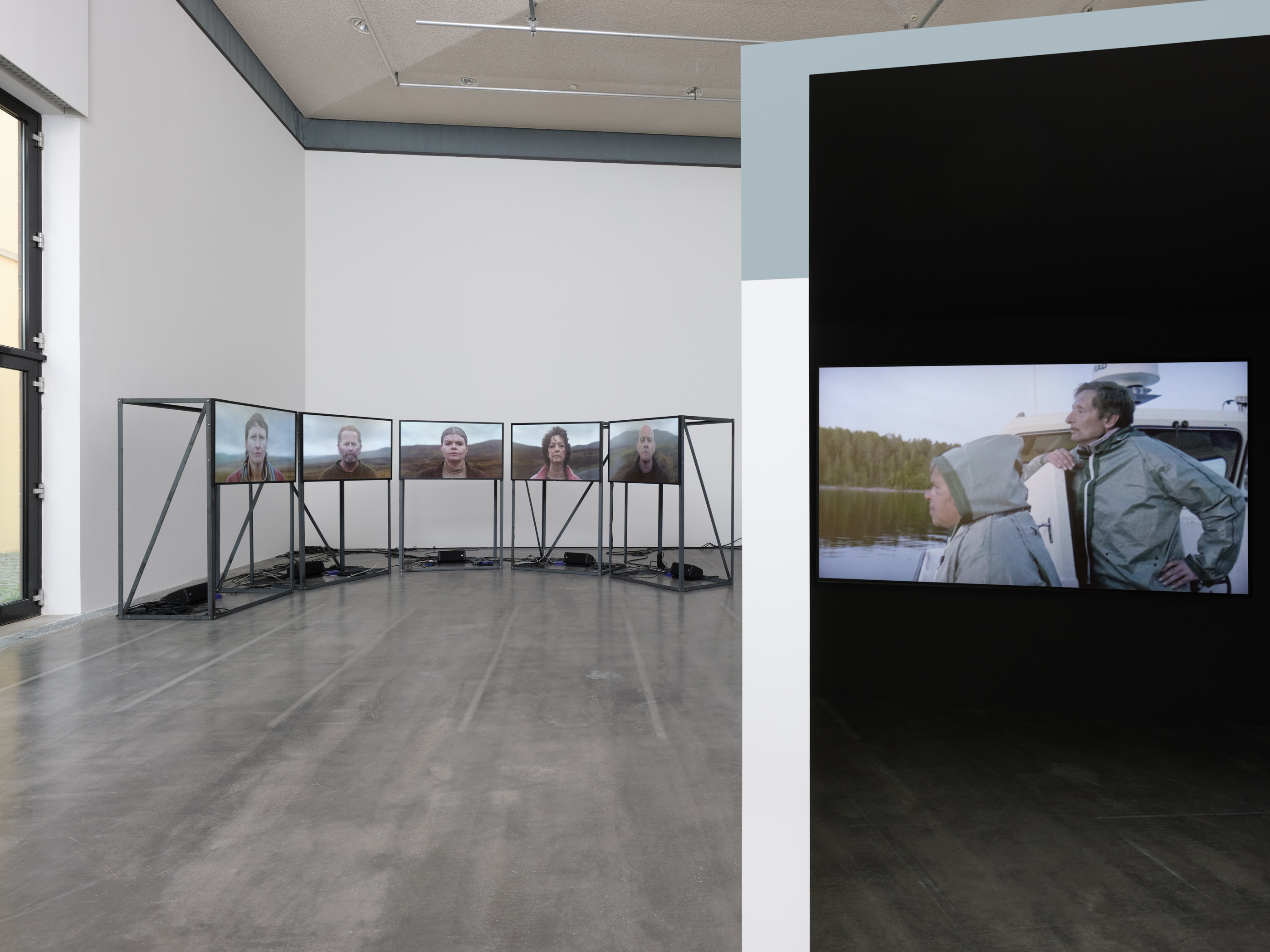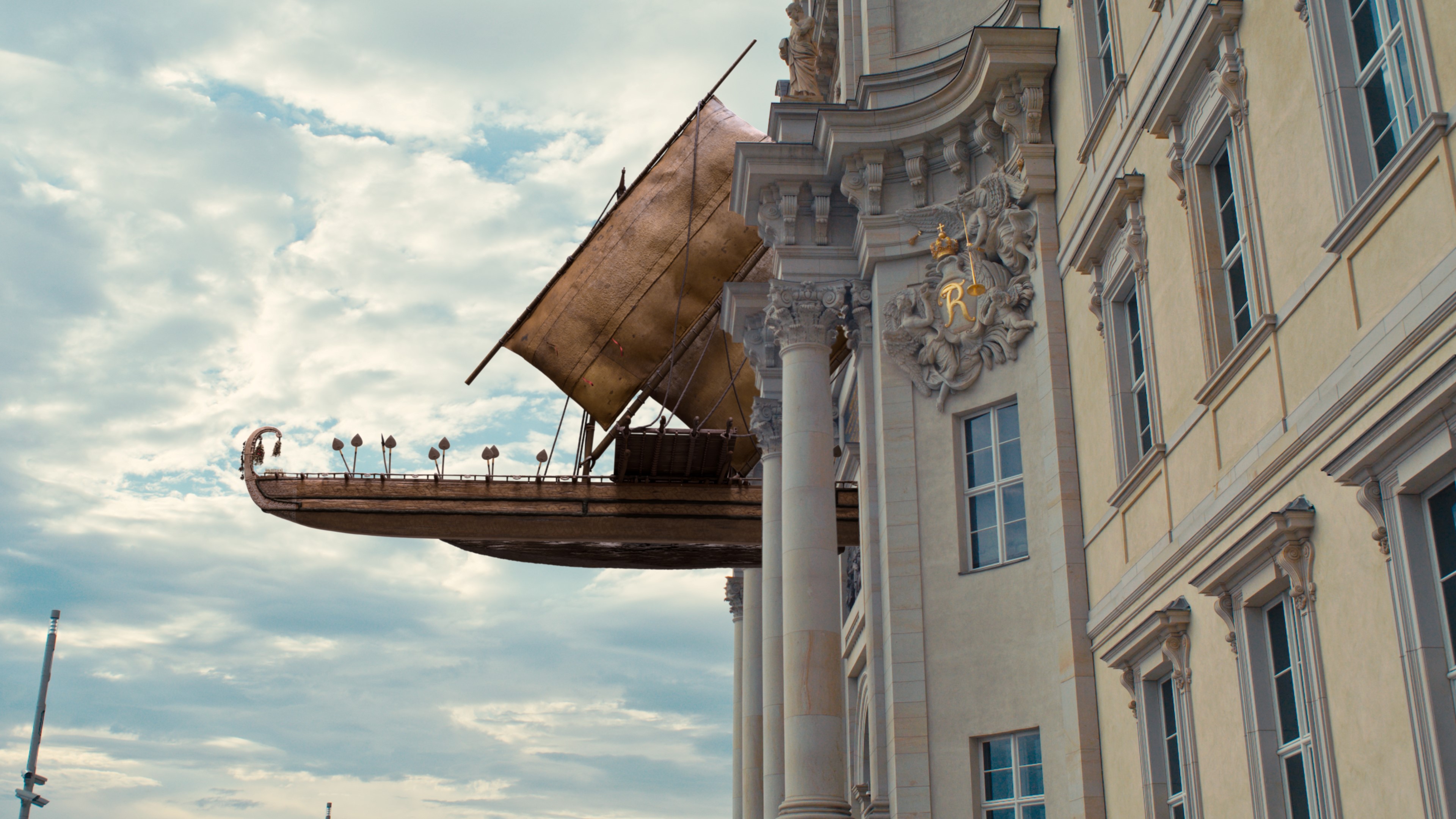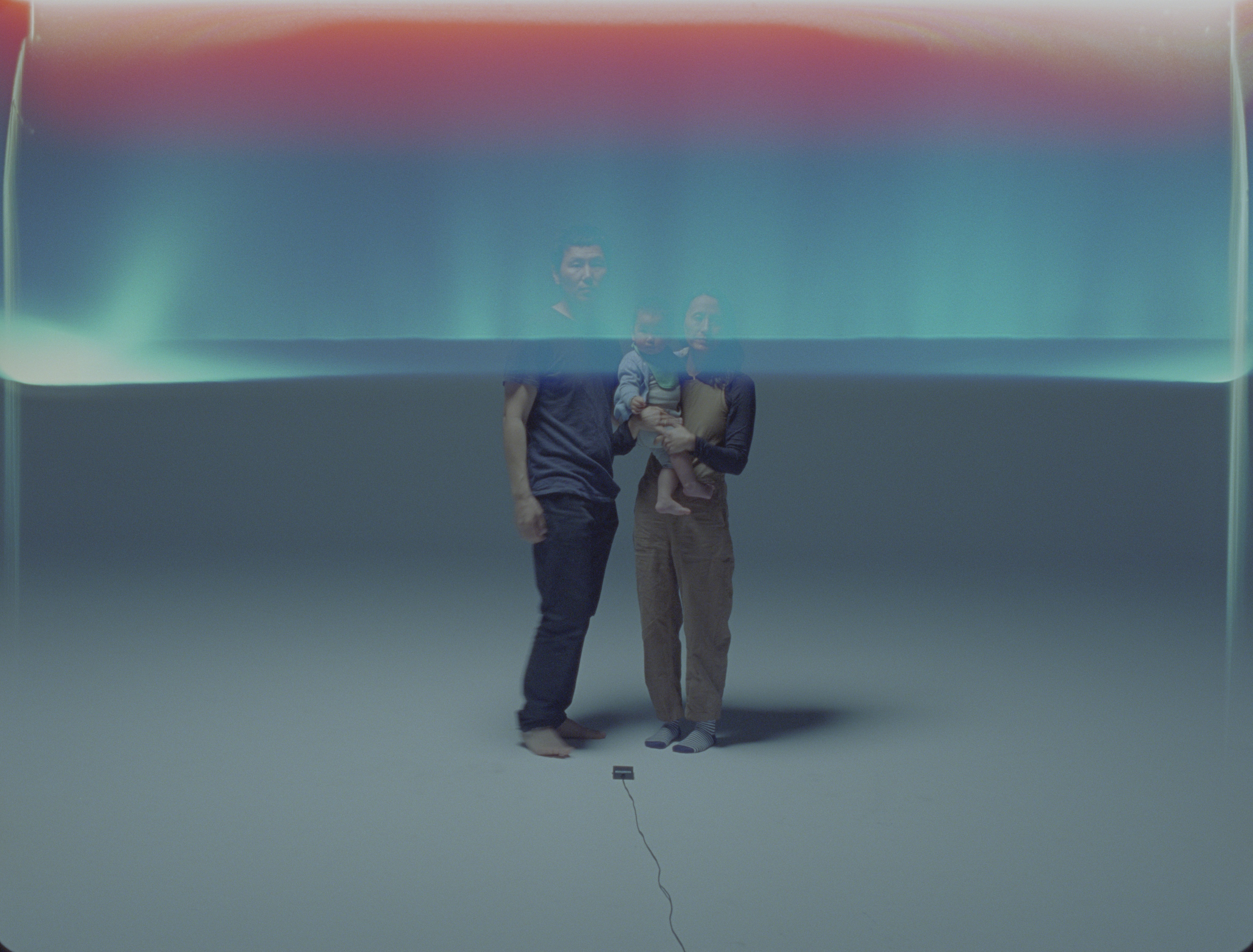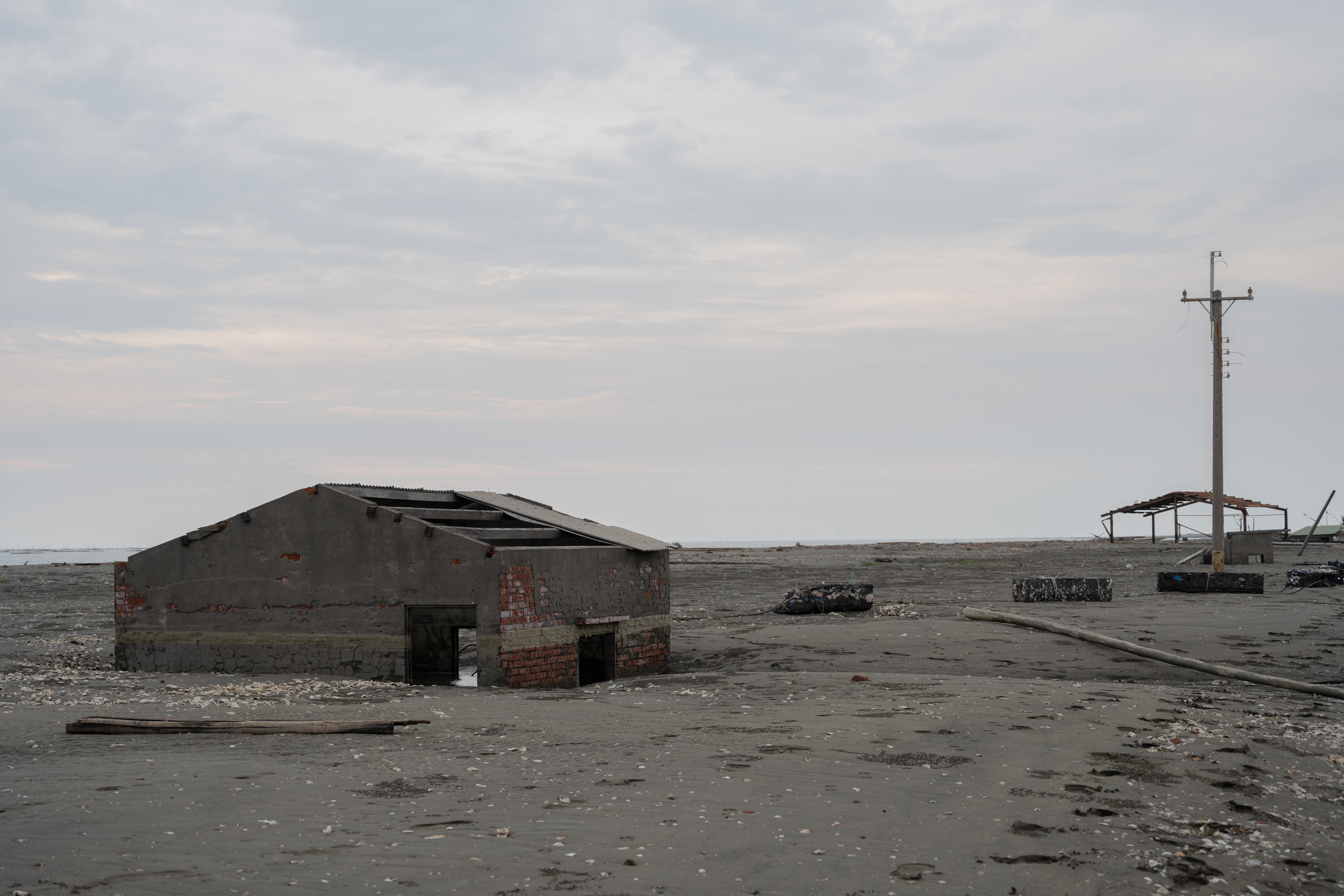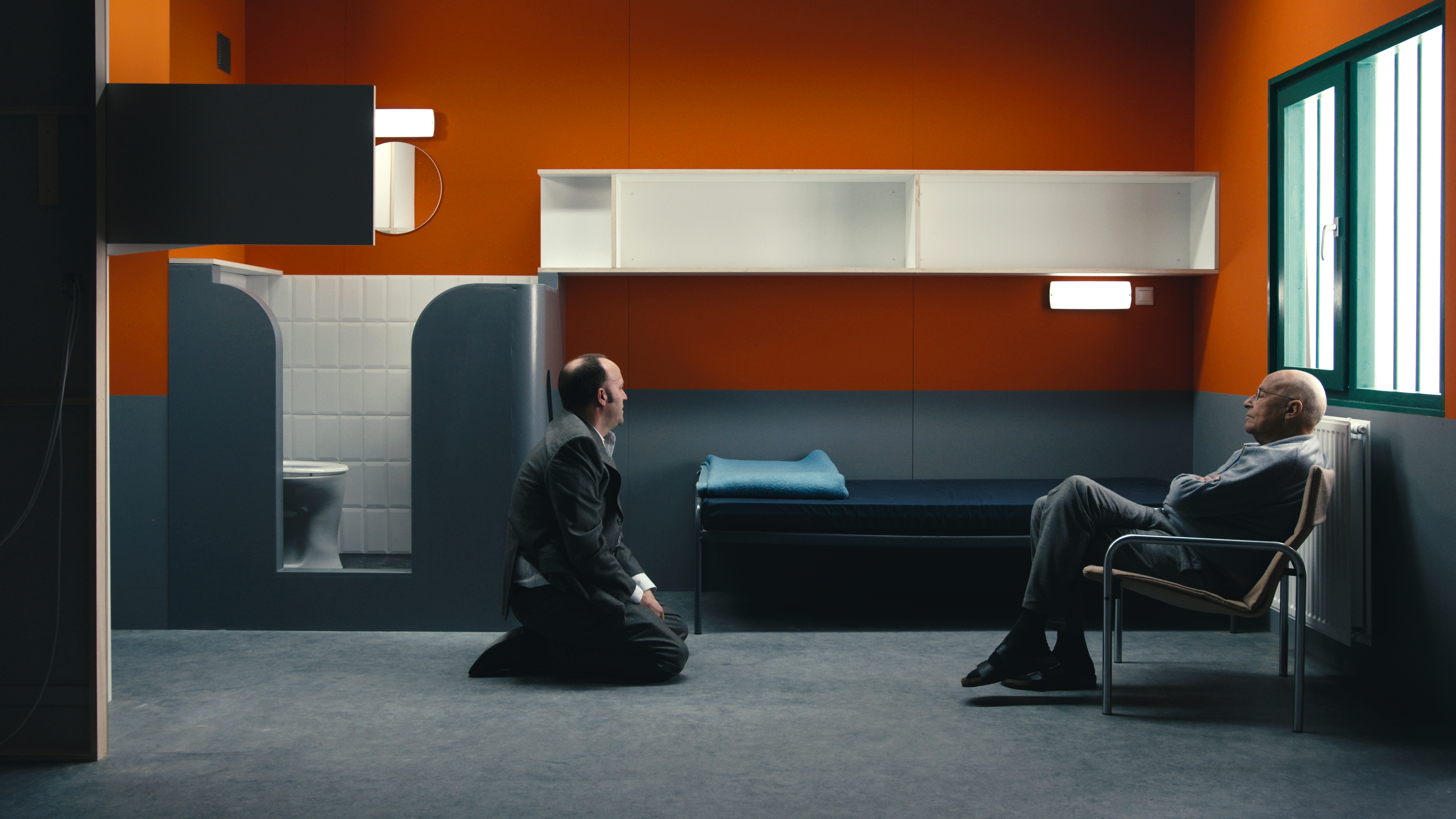July 8–October 3, 2021
Oldenburg D-26121
Germany
Hours: Tuesday–Friday 2–6pm
Saturday–Sunday 11am–6pm
T +49 441 2353208
info@hausmedienkunst.de
Artists: A.S.T., Bassam El Baroni and Constantinos Miltiades (in collaboration with Georgios Cherouvim and Gerriet K. Sharma), João Enxuto and Erica Love, John Gerrard, Assem Hendawi, Bahar Noorizadeh, Vermeir & Heiremans
Curated by Bassam El Baroni
Infrahauntologies is an international group exhibition foregrounding recent practices that engage with questions of infrastructure. The predominance of certain outlooks on the world versus others is partly due to their embeddedness in and diffusion through the systems, technologies, and infrastructures of the built environment. For this reason, a recent pushback against the popular idea that we are destined to live in some sort of eternal present—with no recourse to shaping a different and more equitable future—has looked to infrastructure as a medium of innovation that might suggest otherwise. In an attempt to counter the impasse of “the canceled future,” art has immersed itself in formulating speculative models and propositional thinking around systems and infrastructures, and from this position attempts to address major challenges such as the rampant financialization of the economy and runaway climate change.
A key question explored by several works in Infrahauntologies is: How can financialization and computation be leveraged to generate fairer conditions and to reopen foreclosed possibilities? While some existing infrastructures are haunted by historical and political legacies, others may be haunted by an excess of speculation on the future—the material traces and imprints of gambles that both did and did not pay off.
Through the exhibited video and installation works, Infrahauntologies highlights some recurring tendencies within the field of art related to working with infrastructural histories, counter-speculating on infrastructural futures, and embracing fiction as key to supervening upon hegemonic infrastructural nexuses. These overlapping tendencies can be identified as “infrastructural speculation” and “infrastructural re-examination.” In the first, artistic competencies are channeled toward transformative infrastructural scenarios, based on the imaginative rerouting of possibilities dormant in current technologies. In the second, artists revisit the legacies of ill-fated megaprojects, with the aim to identify their aspirations, models, and problems and to use these as pathways for learning from collapse.
Intertidal (2018) by A.S.T. is a multidisciplinary experience that uses speculative urbanism to envision what the city of Miami, Florida might look like as the seas continue to rise. It is a proposal that simultaneously inhabits three temporalities: dealing, imagining, and planning in the present based on a future that already contends with the lived effects of our mistakes from the past.
Cybersyn—a 1970s socialist networked economy experiment in Chile—is revisited in a new video and sound installation by Bassam El Baroni and Constantinos Miltiades (with Georgios Cherouvim and Gerriet K. Sharma) titled Cybersyn 1973 / 2023 (2021), which engages the question: How can we reimagine the artifactual Cybersyn for our hyper-financialized times?
Elsewhere, Bahar Noorizadeh’s video essay After Scarcity (2018), tracks Soviet cyberneticians’ attempt to build a fully automated planned economy, revisiting the contingent histories of economic technology to enable access to the future.
John Gerrard’s Cuban School (Community 5th of October) (2010) is a meticulous virtual portrait, in real time, of a school constructed in the Cuban countryside in the 1960s, currently a functional ruin.
Everything Under Heaven (2021) is a new video by Assem Hendawi set in Egypt’s new administrative capital. This theory-fiction explores Egypt’s infrastructural projects and their role in ideological formation.
João Enxuto and Erica Love’s video Institute for Southern Contemporary Art (ISCA) (2016) presents an institutional prototype advancing a meaningful alternative to problems in contemporary art production and its political economy by rerouting capital from the art market to fund a path to working otherwise.
Vermeir & Heiremans’ A Modest Proposal (in a Black Box) (2018) is a video installation that investigates how the financialization of public art collections, museum real estate, and symbolic capital could be used to generate a more equitable arts ecology.
Separate from Infrahauntologies, the Edith-Russ-Haus announces the fall 2021 release of Between the Material and the Possible: Infrastructural Re-examination and Speculation in Art, edited by Bassam El Baroni and published by Sternberg Press and Edith-Russ- Haus. The publication brings together critical analysis from a broad group of contributors engaged in the revisioning of our infrastructural futures. It features eighteen new texts, including essays by Bahar Noorizadeh, Vermeir & Heiremans, and João Enxuto and Erica Love.

